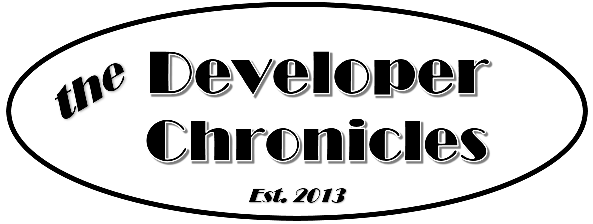Lets talk about Bonuses. The last time I was a full time employee I spent an inordinate amount of time on developing a performance & incentive scoring, ranking and bonus scheme for the entire company (80 ish staff). My board threw me some google (or some tech giant) book on KPI’s (Key Performance Indicators) to kick it off.
Take out 9 sales consultants who basically are all bonus and I had to develop a bonus structure and system for 70 odd people, about 40 different positions* Well to be fair I had some ‘guidance’ from the Peoples Republic, probably a team of them up there. But I had to do a tonne of research of all the systems in use around the world by various companies so I could rebuild what was presented to me to make it workable in NZ for New Zealanders in our vertically integrated property development design construction and sales business. And I had previously rewritten everyone’s job descriptions as part of a massive restructure process to help me out on that.
Anyway, it took ages, it was comprehensive. With this knowledge it now means I am somewhat an expert in developing custom performance and bonus structures. I have even subsequently developed a templated software easy enough for SME to use it. But I customise extensively depending on the nature of the companies requirements, their organisational structure and staff roles. And I understand many of the issues that come up with setting bonus and KPI’s and the performance or not that results.
So if you are considering a performance and bonus structure for your organisation – give me a call. 021982444
And remember this golden rule: If you promise a bonus and the employee succeeds in the KPI’s you set AND you don’t pay the bonus on time or worse you don’t pay it at all, you don’t deserve to be in business.
There is an onus on you to pay the bonus!
Key Performance Indicators: At Xpect we have built a KPI engine, an elegant and robust Key Performance Indicator framework that you can use with your staff to incentivise performance, increase new business and have everyone focused on the prize(s) that matter for your companies success.
Price on application.
And we recently built a specialist bespoke KPI for a local builder/developer in NZ:
“Andrew, the KPI tool you have put together for me is fantastic. I must say, it has dramatically transformed the way we manage and track our key performance indicators. From the moment I started using the platform, I was impressed by its user-friendly interface, which makes it easy for both beginners and seasoned professionals to navigate effortlessly.
One of the standout features is its customizability. You were able to tailor the dashboard to fit our specific business needs, allowing us to monitor the KPIs that matter most to our team. The visual representation of data is intuitive and effective; the chart presents information clearly and enable us to quickly identify trends and areas that require attention.
You deserve a special mention for your responsiveness and expertise. Whenever I encountered a question or needed assistance, you were quick to provide thorough and helpful answers.
In summary, the KPI Indicators is an exceptional tool for any organization looking to sharpen their focus on performance metrics. It enhances visibility into key data points and facilitates informed decision-making, ultimately driving our business forward. I highly recommend it to anyone seeking a robust KPI management solution. “
Steve Palmer
Managing Director
Hi-Tec Property and Developments Limited
———-
*The list of positions.
CEO
CFO
Investment Director
Development Director
Compliance Director
Operations Manger
Construction Manager
Senior Project Manager
Project Manager
Site Manager
Fence & Truck Guy
Maintenance PM
Maintenance Admin
CCC Manager
Head QS/Commercial Manager
Senior QS
Intermediate QS
Junior QS
Head of Sales/Marketing
Marketing Assistant
Health & Safety Manager
Development Manager
Junior Dev Mgr
Acquisitions Manager
Senior Architectural Designer
Architectural Designer
Junior Designer
Consents Administrator
Information Systems Manager
Sales Admin
Receptionist
Company Accountant
Assistant Accountant
Customer Service Manager
Payroll Administrator
Civil Project Manager
Cost & Compliance Manager
A few others I can’t recall the Titles….
Andrew Crosby
+6421982444
andrew@xpectproperty.com


